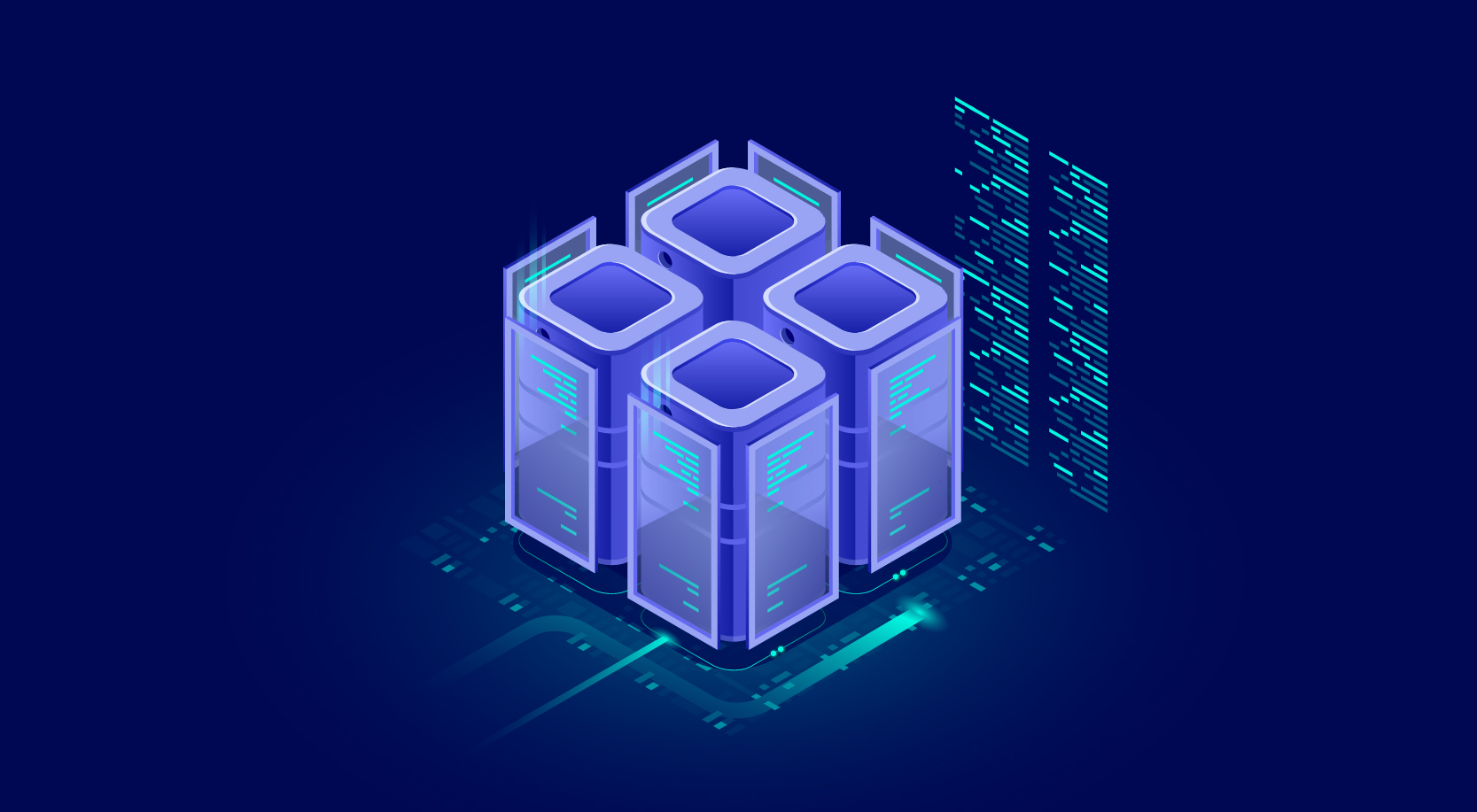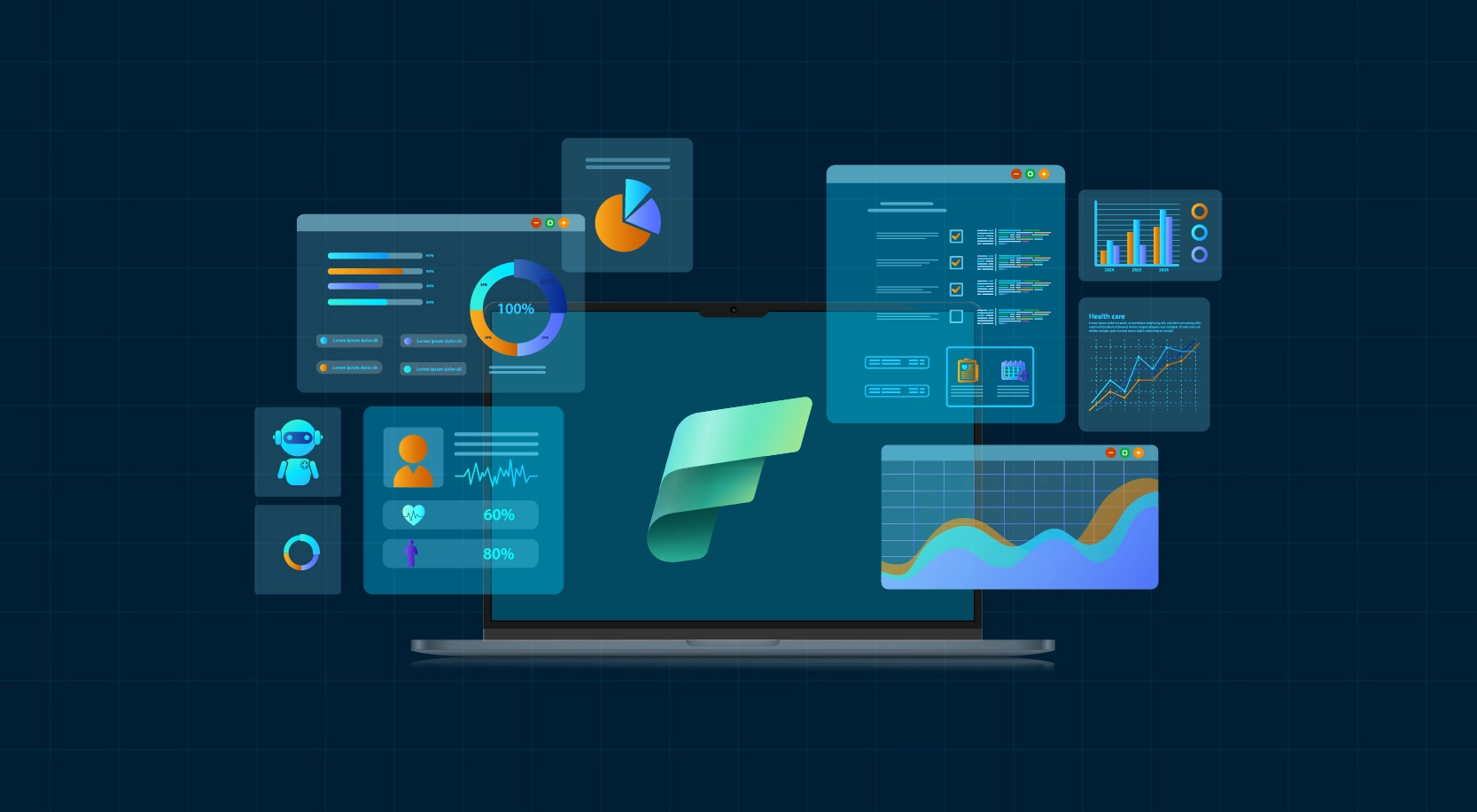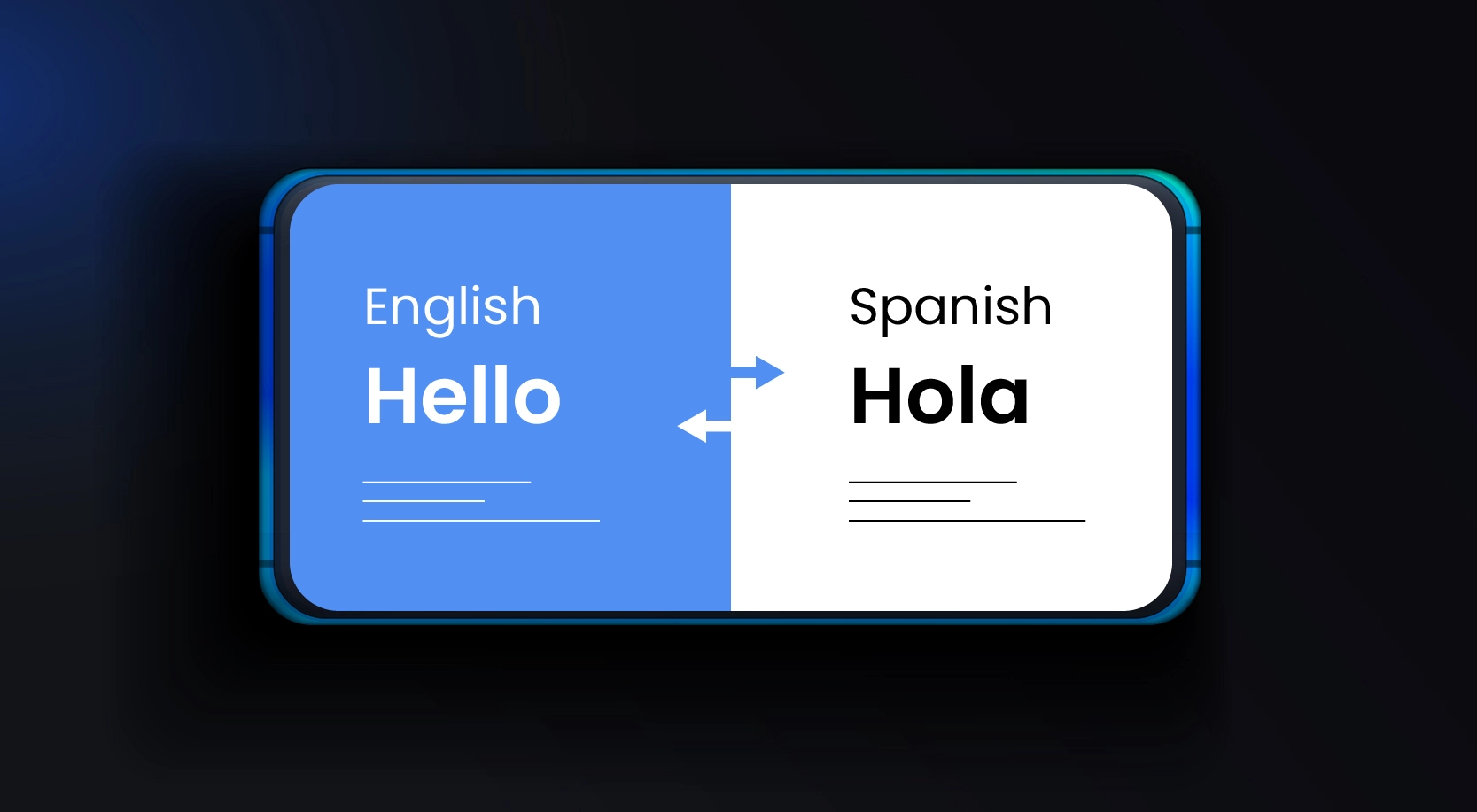
Software development has always been about finding better ways to build things together. We’ve seen it evolve from structured programming to object-oriented design, then to agile—and now, we’re in the era of AI-assisted coding. The pace of change is incredible. Just look at GitHub’s latest Octoverse: 80% of new developers on GitHub use Copilot in their first week. That’s how quickly these smart tools are becoming part of our everyday work.
But as we get more comfortable teaming up with AI, something even bigger is happening. We’re starting to focus less on the nuts and bolts, like syntax or rigid processes, and more on the intent behind what we’re creating.
I call this shift Intent-Based Development, or IBD. For me, it’s about people and AI working side by side, turning human purpose into real results—together.
Why “Intent” Matters More Than Instructions
Traditional development begins with requirements, which are then divided into tasks, tickets, and commits. However, this method is less effective when people and AI agents collaborate in real time.
What matters most is not the specific code written, but the rationale behind it.
The best software isn’t just built. It’s felt. Vibe Coding is that moment when a team and its AI are in sync. Ideas move. Blockers drop. Everyone pulls in the same direction because the purpose is clear.
In IBD, intent is the unit of work. Every commit, design choice, and test point back to a single, stated purpose with context and an expected result. People and copilots follow that intent, not a pile of tickets or rigid plans.
5 Core Principles of Intent-Based Development
- Intent as Context Carrier: Each feature, fix, or improvement begins with a clearly defined intent, such as “Improve onboarding UX by reducing setup time.”
- AI Alignment: Copilots, code generators, and review agents leverage stated intent to automatically guide code suggestions and documentation.
- Collaborative Intent Mapping: Additionally, when multiple contributors are involved, shared intent maps help keep work aligned and reduce the need for micromanagement.
- Outcome Traceability: Furthermore, success is measured by how well the intent is fulfilled, rather than the number of commits.
- Adaptive Learning Loop: Each completed intent enhances future recommendations, increasing the system’s context awareness over time.
Vibe Coding: The Emotional Layer of IBD
Vibe Coding represents the human-emotional resonance within Intent-Based Development. It’s that spark when developers and AI tools hit their stride together—when ideas flow easily, there’s no friction, and everyone’s working toward the same goal because the intent is clear and you can actually feel it.
In IBD terms:
- Vibe Coding helps teams turn fuzzy, half-formed ideas into clear, codable intents.
- It captures the tone, the mood, and the purpose—the real “why” that drives the “what.”
- It enables creative synchronization among human collaborators and AI copilots.
When a team is really “in vibe,” everyone’s code, design, and automation just click—they move in harmony with the bigger purpose, and it feels effortless.
Swarm Coding: The Structural Layer of IBD
Swarm Coding embodies the collective intelligence aspect of IBD. Here, multiple contributors —human or AI —work in parallel across interdependent files or services while staying synchronized through shared intents.
Within IBD:
- Swarm members anchor to common intent definitions rather than strict branching structures.
- AI assistants orchestrate merges and conflict resolution based on intent alignment.
- The swarm evolves software as a living organism, adapting its structure dynamically as goals shift.
Together, Vibe Coding fuels the human-AI creativity and Swarm Coding sustains the distributed coherence that make IBD possible.
IBD in Practice
Consider an engineering team developing an application:
- Each feature begins with an intent card such as “Enable one-click deployment for all environments.”
- Developers, copilots, and agents derive subtasks directly from this intent.
- Coordinated efforts ensure modular progress while maintaining alignment.
- A collaborative environment, supported by shared rhythm and AI-driven creativity, sustains momentum.
Each step is traceable to its original intent, promoting transparency, efficiency, and quality without unnecessary bureaucracy.
The Future of Development Is Intent-Native
AI is now part of the team. Projects are moving to intent-native systems that understand purpose and can plan what comes next. Intent-Based Development is how you get there. At WinWire, we make it real on Microsoft Azure with Copilot, agent patterns, and strong guardrails. Teams capture the why, AI handles the how, and every result maps back to intent.
Contact us: Want to pilot IBD on Microsoft Azure with Copilot and agent patterns? Contact us to get started. We’ll share a simple plan and a starter kit.






